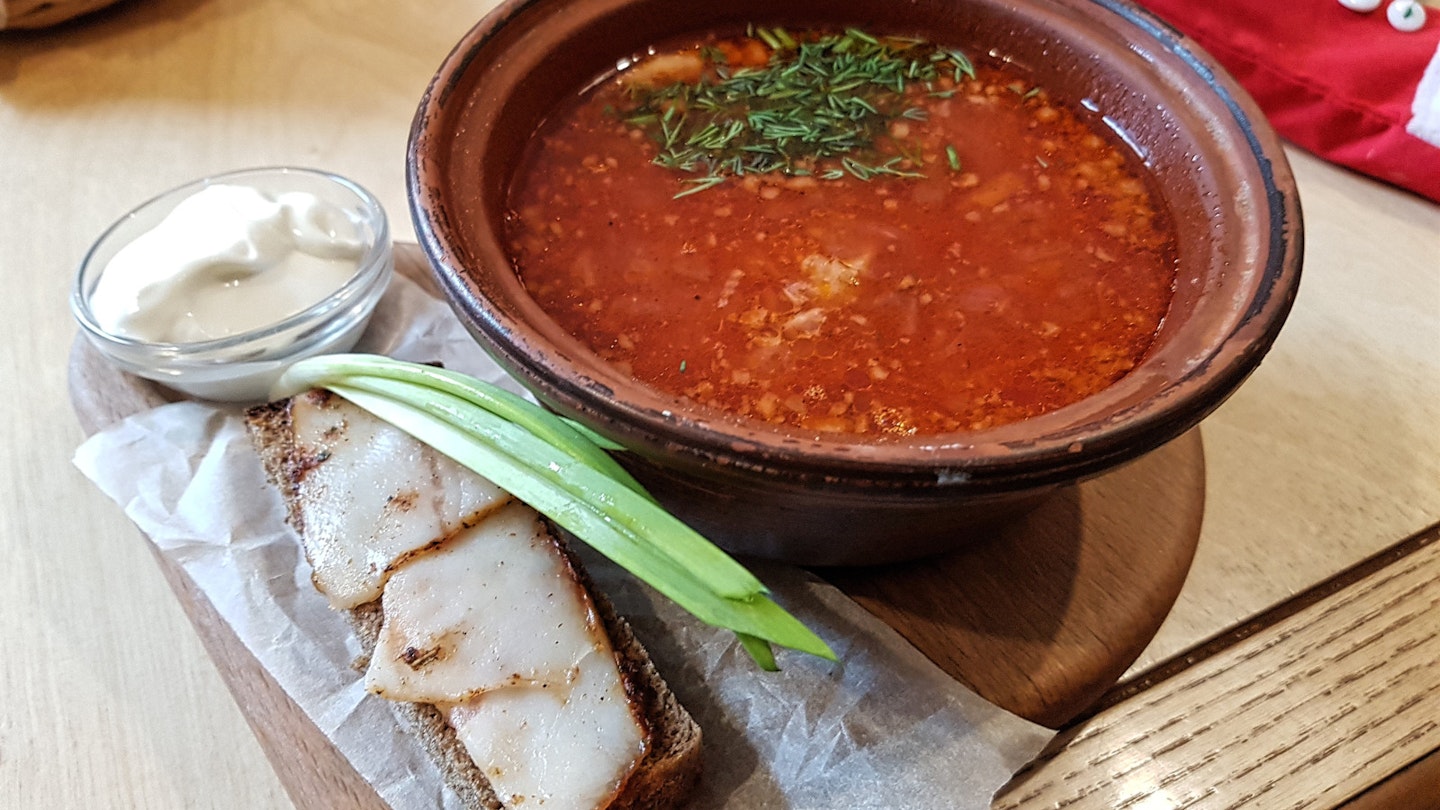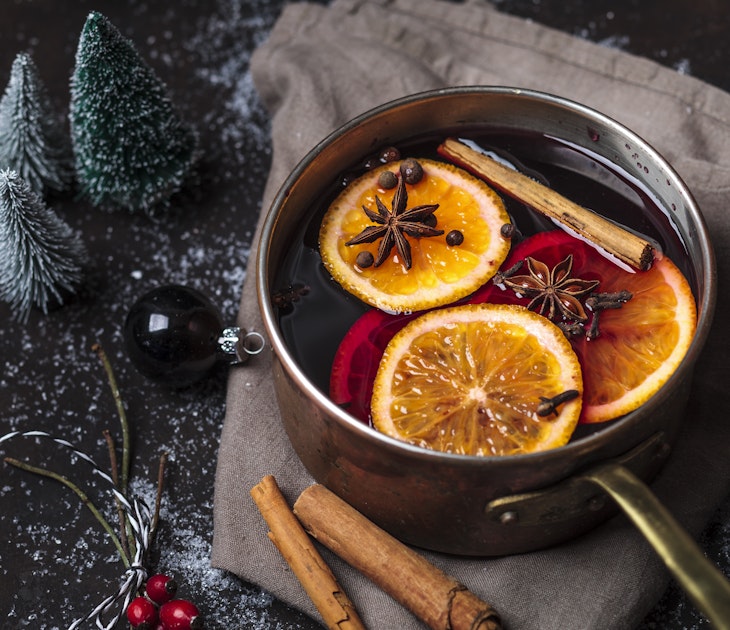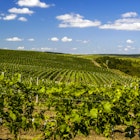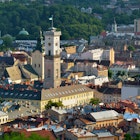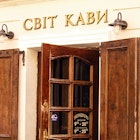When most people think of Ukrainian cuisine, the first images that spring to mind are of the ubiquitous borsch and Chicken Kiev. But the country’s food is so much more than that. It’s hearty, seasonal and imaginative, making the most of available ingredients and reflecting the Ukrainians’ profound attachment to the land (and the need to stay warm in winter!).
Though traditional restaurants serve a wide spectrum of Ukrainian dishes, to get the best of Ukrainian cooking you’ll have to venture into someone’s home.
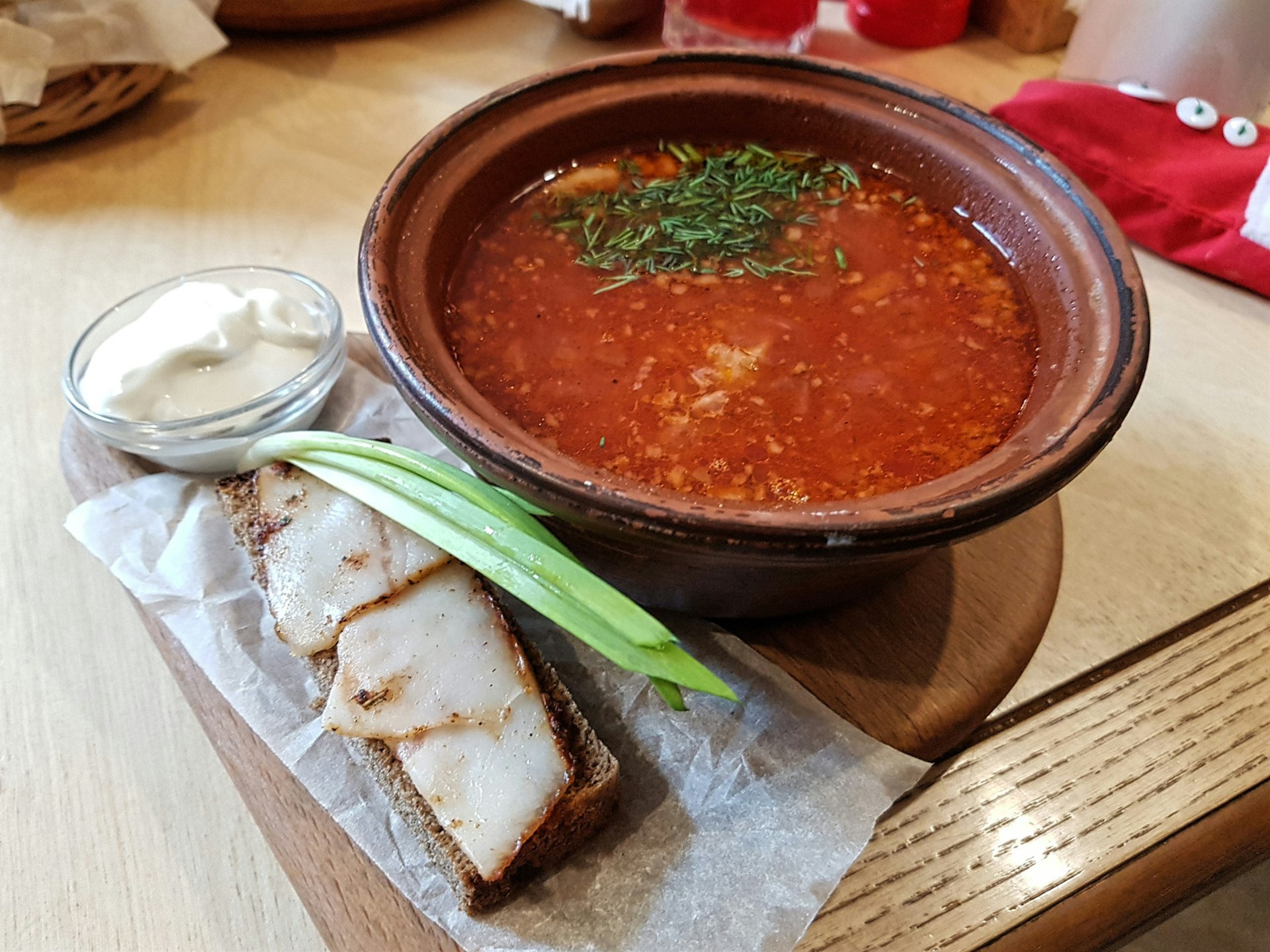
Specialities
Borsch, which originated in Ukraine, is not just beetroot soup, but one of the cornerstones of Ukrainian cooking. A slow-cooked dish, it involves adding different ingredients to the bouillon base one by one to bring out each flavour. Beetroot, dill, potatoes and cabbage are typical additions, but most Ukrainians throw in whatever’s at hand. A proper borsch is thick and hearty: if you stick a spoon in the middle of the bowl, it shouldn’t sink. Borsch is served with pampoushki – soft, garlicky buns, and smetana (sour cream).
You will find it in restaurants, but despite its name the Chicken Kiev – a chicken cutlet made of pounded chicken breast meat and filled with garlic butter – is not a Ukrainian creation. The Russian historian Pokhlyobkin asserts that it was invented in the Moscow Merchants’ Club in the early 20th century and exported to Ukraine.
Golubtsi – cooked cabbage leaves stuffed with meat and rice, or fish or meat topped with mushrooms and cheese, and baked in small clay pots are other standout dishes.
The meat- and fish-heavy repertoire of the Ukrainian kitchen does feature a number of vegetarian dishes: deruny or draniki (potato pancakes) and varenyky – boiled dumplings filled with sour cherries or cottage cheese.
Where to try: To experience all the delights of Ukrainian cuisine in Kyiv, head to Spotykach. For a modern take on traditional dishes visit Kanapa.

Lard
A much-maligned yet indispensable part of Ukrainian cuisine is salo, or lard – cured pork fatback that’s typically salted and treated with garlic, paprika or black pepper. Thin slices of garlicky salo on rye or sourdough bread go hand in hand with alcohol consumption.
Salo is considered to be a source of national pride and is to the Ukrainians what vodka is to the Russians and the potato to the Irish. This attachment to salo dates back to the 16th century, when Ukrainian peasantry were under attack from the Crimean Tatars and the Ottoman Turks. The invaders would wreck their farms, enslave them and take all their livestock bar the pigs, leaving Ukrainians to appreciate pork all the more.
A recent addition is the alarming-sounding salo v shokolade – chocolate-covered lard – a jokey reference to the Ukrainians’ eclectic taste and an invention of an Odesa confectionary factory to commemorate April Fool’s Day. It is, in fact, just a chocolate bar with a slightly salted caramel filling.
Where to try: Order a selection of five different types of lard at the centrally located Pervak in Kyiv.
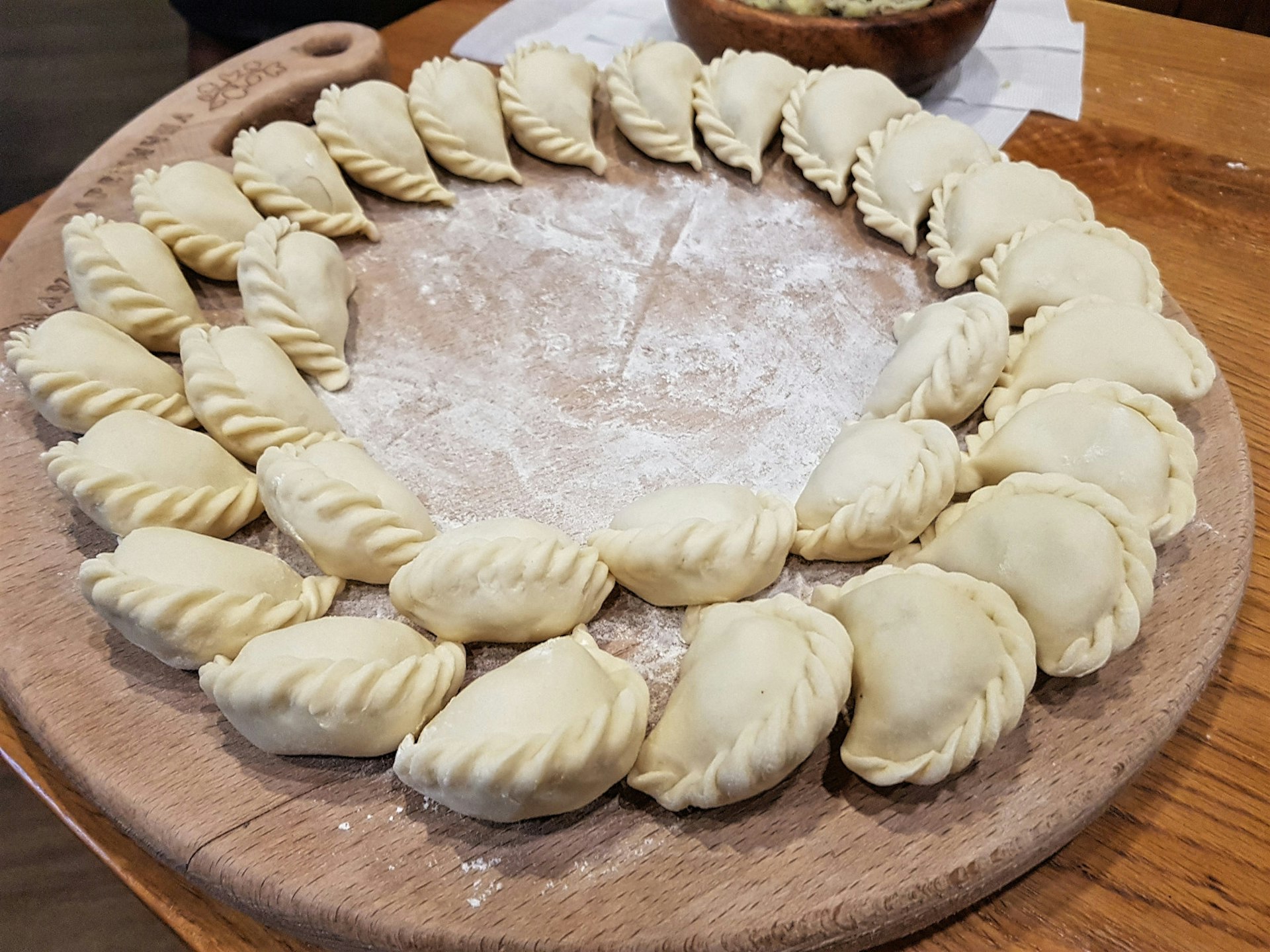
The wealth of the land
Though most Ukrainians are no longer likely to present you with bread and salt upon entering their home, there’s no denying bread’s revered, almost holy status. In a country that’s been no stranger to famines, bread has always symbolised food, so it’s little wonder that Ukraine was so responsive to the communists’ rallying slogan of ‘Bread, Peace and Land’ during the Russian Revolution of 1917. The incredible variety of breads includes rye, black sourdough and a myriad of buns, pastries and bagelesque creations.
If it grows on the ground or a tree, odds are, it’ll be picked, pickled, potted or dried. There’s a strong tradition of mushrooming, berrying and preserving all manner of fruit and vegetables. Which, by the way, will be among the best you’ve ever tasted: chernozyom, the rich, dark soil that Ukraine is famous for, is responsible for some of the most flavourful fruit and vegetables in the world.
Where to try: Discover Ukrainian countryside charms at the Pyrohiv Museum of Folk Architecture, one of the biggest open-air museums in the world.
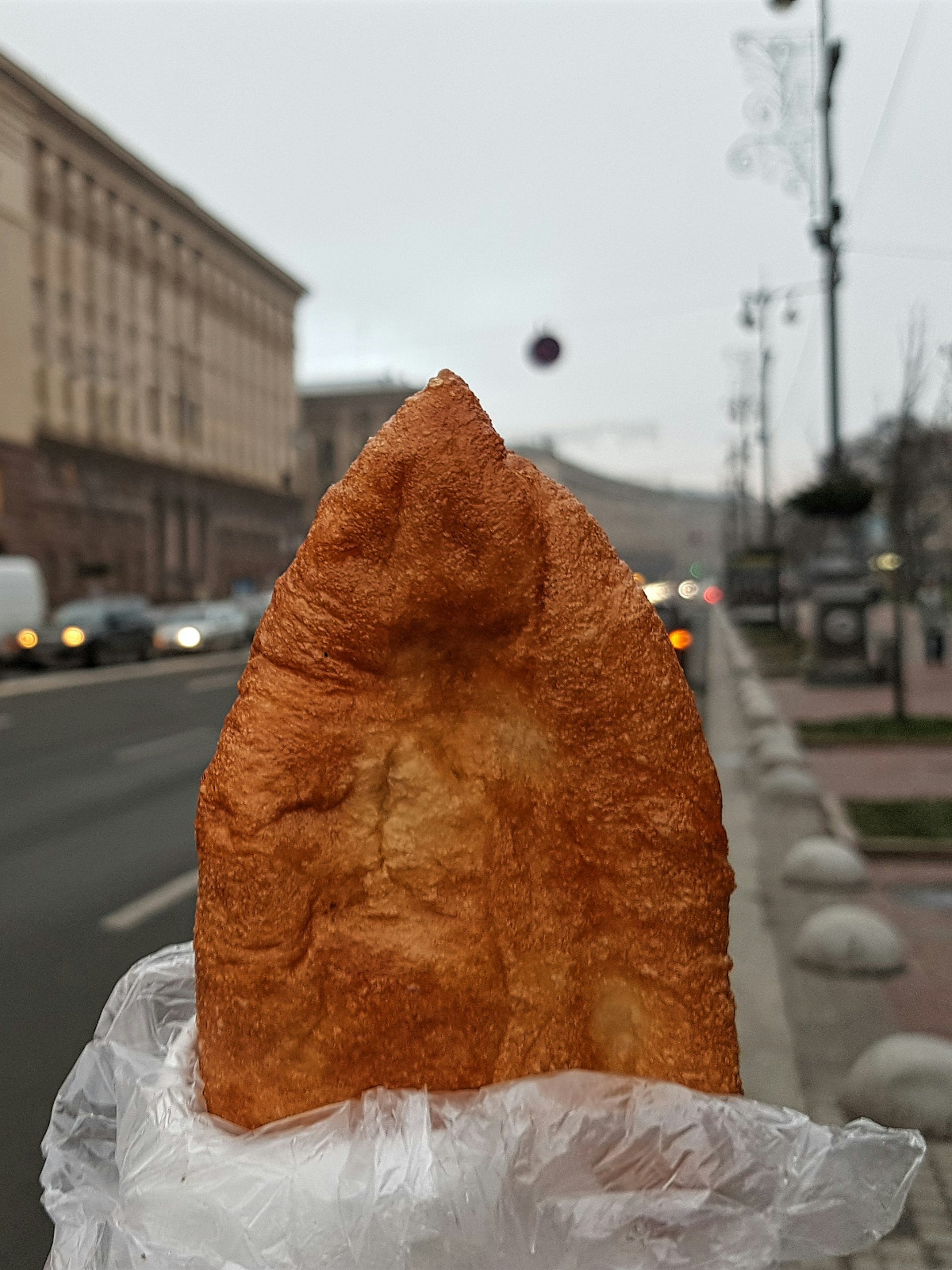
Street food
In multicultural cities such as Kyiv and Odesa, the influence of the former Soviet ‘friendship of nations’ is particularly evident in the street food. At the local markets, teeming with jostling babushkas who prod and taste the cottage cheese and haggle over the salamis, Korean traders sit alongside Ukrainian ones, adding kimchi and noodles to the Ukrainian repertoire. Central Asian chebureki (spicy-meat stuffed pastries) and plov (rice cooked with lamb and sultanas) have long joined the Ukrainian pirozhki (cabbage- and potato-filled cakes) as popular street snacks.
Where to try: Wait in the queue at Kyivska Perepichka to get a taste of Kyiv’s iconic urban snack, which is a fried dough enclosing a sausage.
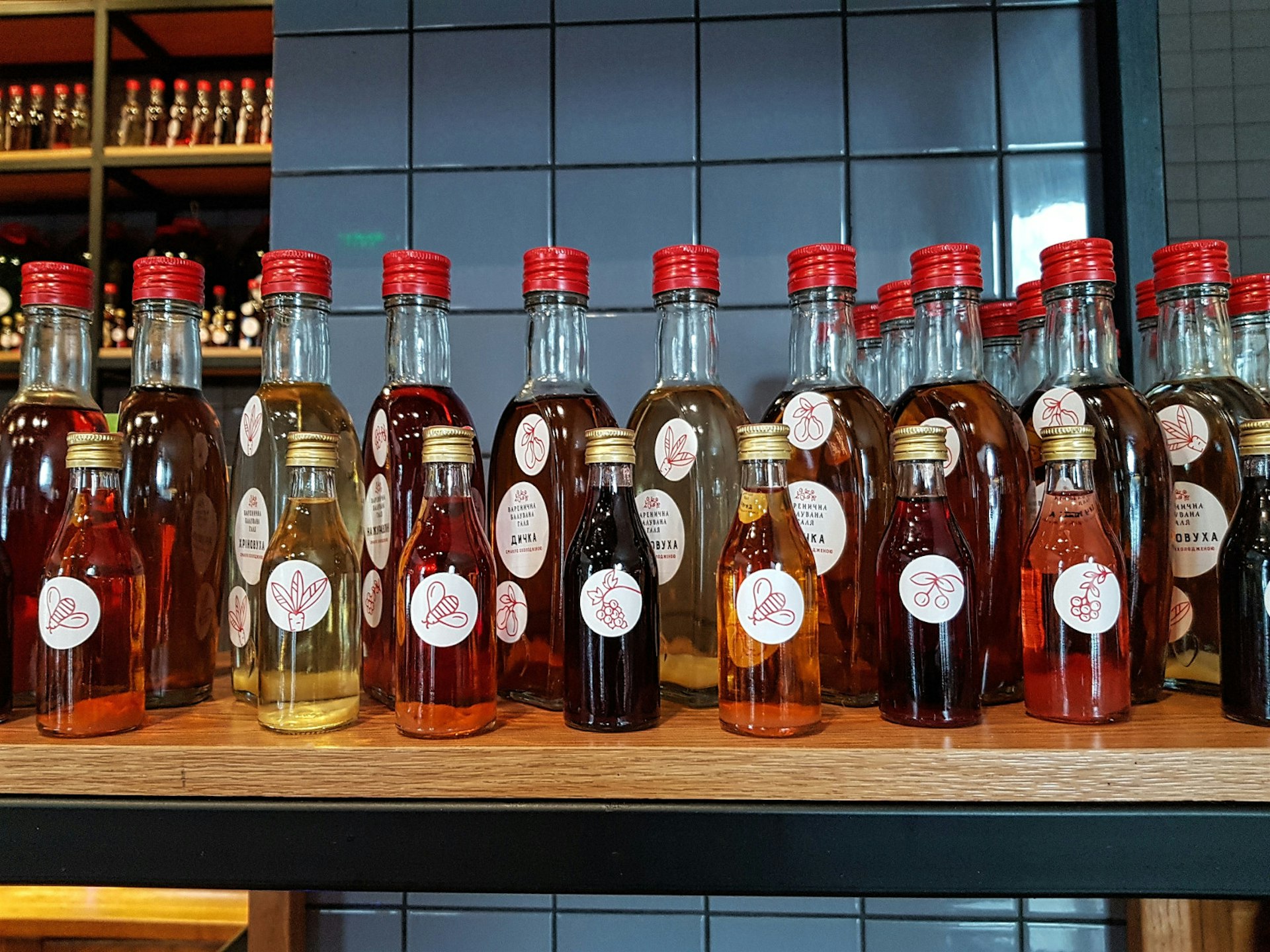
‘100 grams’
A proper Ukrainian meal is synonymous with the consumption of horilka (vodka) – the spirit that’s ever present at any important event – be it a wedding, funeral, birthday or a business deal. If you’re invited to a family meal, you’re welcomed into the bosom of the family by having to knock back ‘100 grams’ after making a toast to your hosts. Teetotalers may be given kvas (drink made from fermented black bread) or kompot (made of dried fruit and boiled water) instead.
Where to try: One of the best places to experience Ukrainian horilka is Ostannya Barikada, right under Maydan Nezalezhnosti in Kyiv.
Last updated in January 2017
